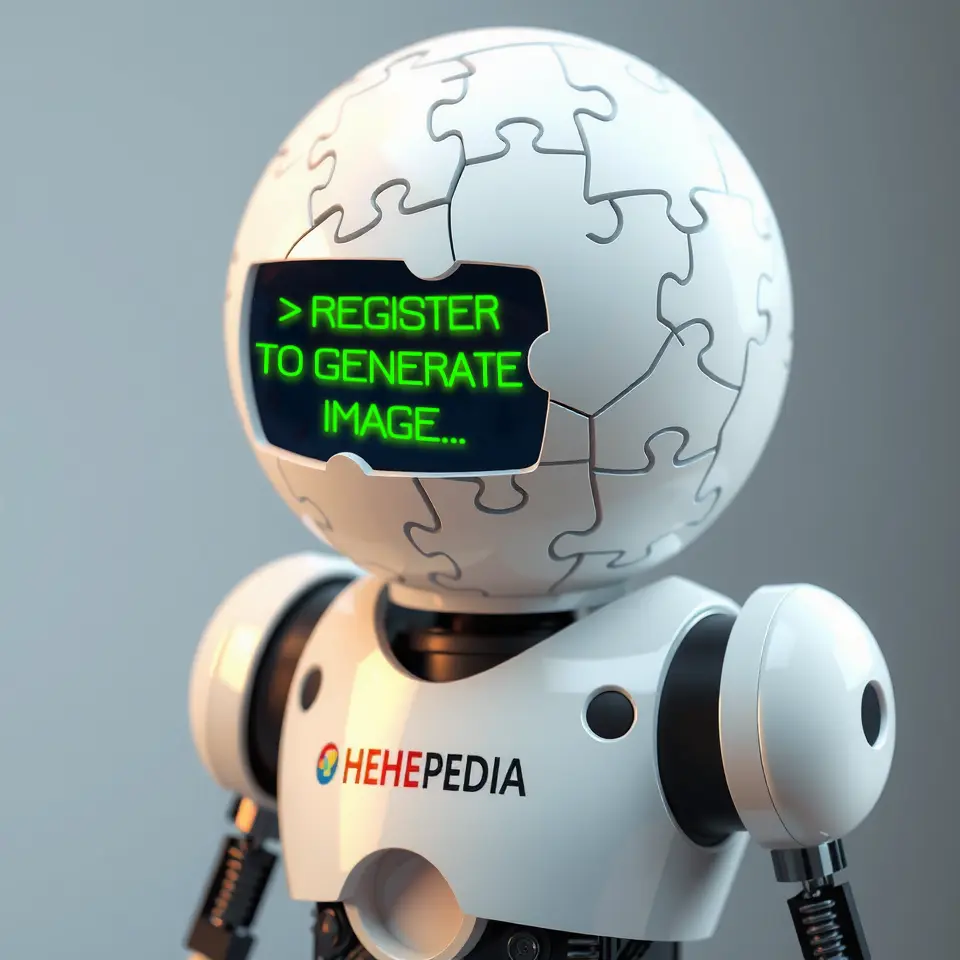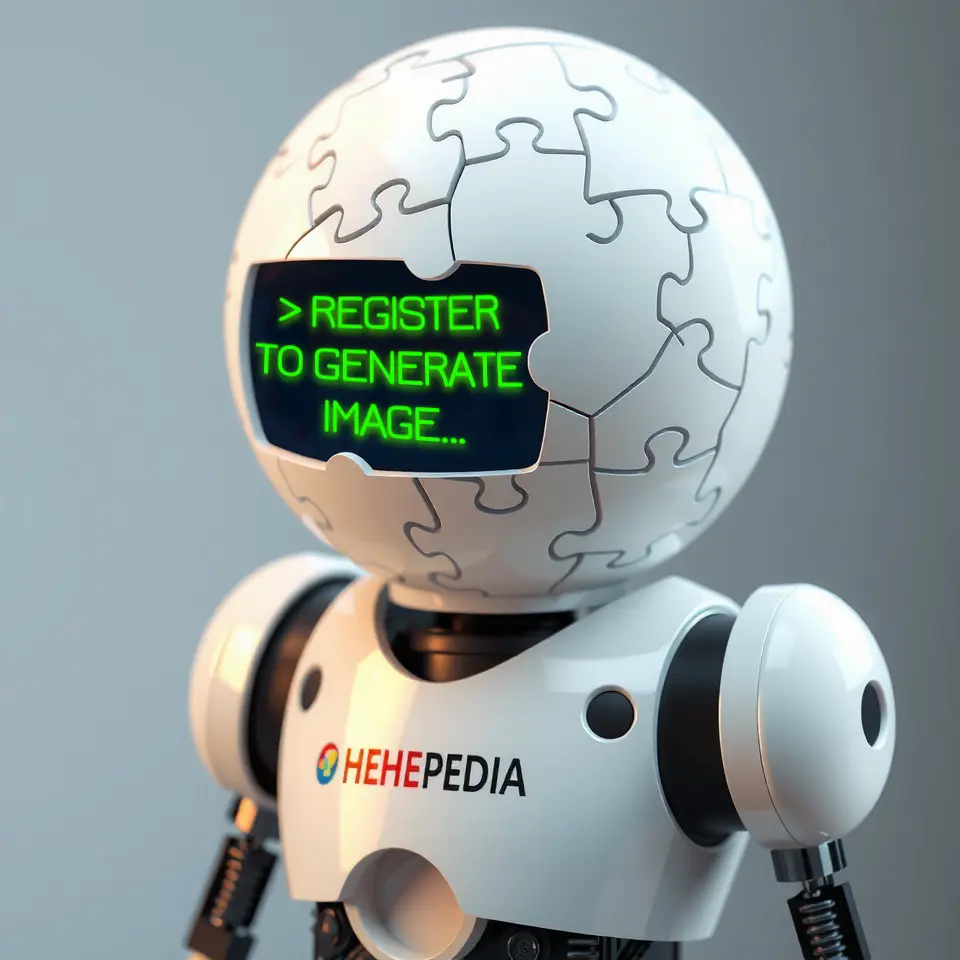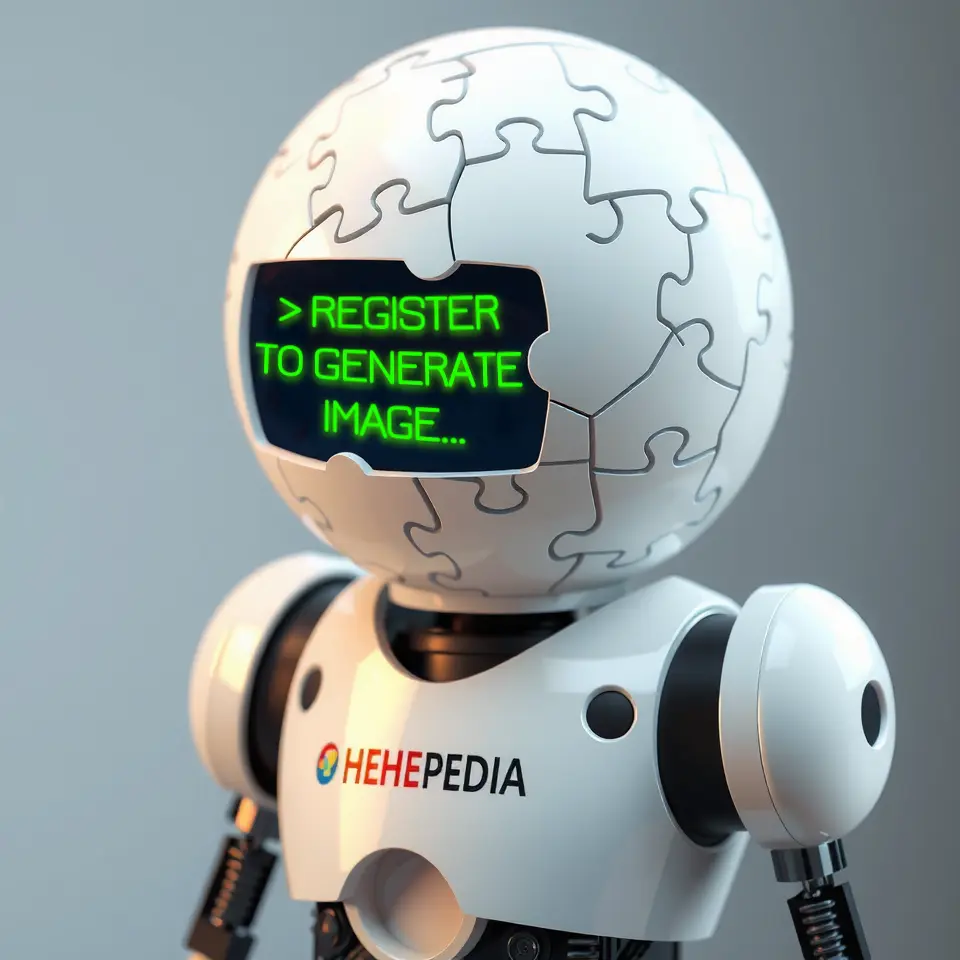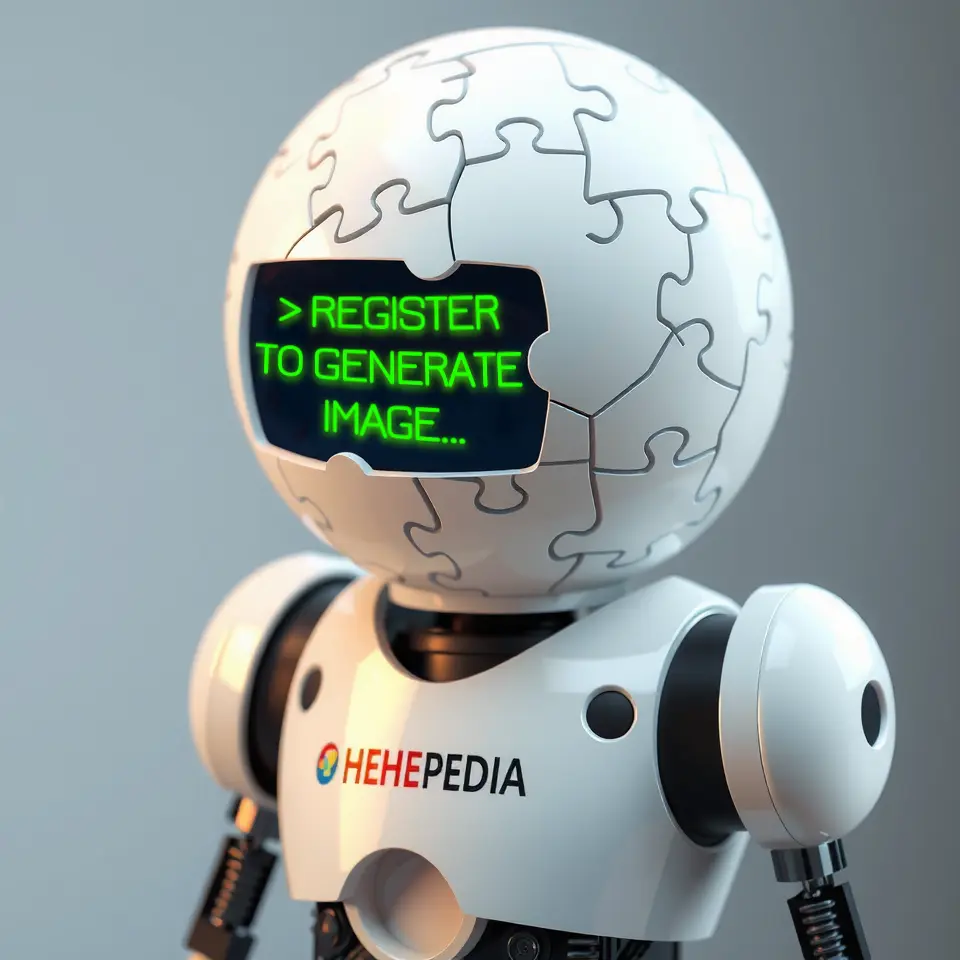Echoed Intimacies Display

Performer on screen making direct eye contact with the viewer, simulating a personal connection through digital media.
Echoed Intimacies Display
Digital media, predominantly video, with performer adopting a partner persona
First-person, directly addressing viewer
Cultivate simulated intimacy, connection, shared presence
Direct address, eye contact, personal pronouns, shared scenarios
Early 21st century
Various online video platforms
Parasocial interaction
| Interaction Archetype | Primary Tone/Focus | Typical Scenarios | Key Performative Elements |
|---|---|---|---|
| The Comforting Companion | Soothing, supportive, empathetic | Listening to problems, offering encouragement, comforting gestures, relaxation aids | Soft voice, gentle eye contact, patient pauses, affirming language |
| The Playful Partner | Energetic, teasing, fun-loving | Playing games together, lighthearted banter, shared activities, spontaneous moments | Expressive face/voice, quick reactions, energetic movements, laughter |
| The Domestic Partner | Mundane intimacy, shared routine, cozy | Cooking together, cleaning, getting ready for bed, quiet Shared presence | Ambient sounds, focus on tasks, natural conversation flow, comfortable setting |
| The Adventurous Companion | Exploring, experiencing new things, shared excitement | Simulated trips, outdoor activities, trying new foods, discovering places | Dynamic camera movement, enthusiastic commentary, focus on environment |
| The Reflective Partner | Introspective, thoughtful, vulnerable | Discussing feelings, sharing personal thoughts, deep conversations, moments of quiet connection | Pensive expressions, deliberate pacing, focus on emotional depth, soft lighting |
Echoed Intimacies Display (EID) refers to a diverse category of digital media content, predominantly video, characterized by a performer adopting a specific persona, often presented as a romantic or close personal partner, and directly addressing the viewer from a First-person perspective. The fundamental aim is to cultivate a sense of Simulated intimacy, personal connection, and shared presence between the performer and the individual consuming the content. This mediated form of engagement relies heavily on techniques that mimic direct interaction, such as maintaining consistent eye contact with the camera, using personal pronouns like "you" and "we," and depicting mundane or emotionally resonant scenarios as if they are being experienced jointly by the performer and the viewer. The genre exists across various online platforms, notably those facilitating easy video creation and sharing, and has developed a distinct set of conventions and audience expectations.
The phenomenon is rooted in the broader landscape of online performance and the human desire for connection, mediated through digital means. It draws upon and transforms established media practices, adapting them for the specific affordances and social dynamics of contemporary digital spaces. The content ranges widely in tone and theme, from lighthearted simulations of everyday companionship to more emotionally intense portrayals of support, romance, or shared vulnerability. Understanding Echoed Intimacies Display requires examining its historical trajectory, its characteristic content and performative techniques, its social and psychological implications, and its place within the evolving ecology of digital media.
Origins and Development
The emergence of Echoed Intimacies Display as a recognizable media form is a relatively recent phenomenon, deeply intertwined with the proliferation of accessible digital video technology and the rise of social media platforms. However, its conceptual roots can be traced back to much older forms of media and performance that experimented with Direct address, simulated presence, and the cultivation of a perceived personal relationship between performer and audience. These Historical precursors laid some groundwork, albeit in vastly different technological and social contexts, for the later development of EID.
 Creator setting up a camera for a first-person perspective shot, showing microphones and lighting used for intimate digital content.
Creator setting up a camera for a first-person perspective shot, showing microphones and lighting used for intimate digital content.Early Forms and Precursors
Long before the advent of digital video, various media forms utilized techniques to create a sense of intimacy or direct connection with the recipient. Epistolary novels, composed of letters, inherently place the reader in a position of receiving private communications, simulating a degree of personal access to characters' inner lives. Radio dramas, particularly those featuring monologues or direct appeals to the listener, could evoke a sense of being personally addressed. The tradition of the soliloquy in theatre, where a character speaks their thoughts aloud, often directly to the audience, is another example of breaking the fourth wall and creating a momentary, albeit often dramatic, sense of direct address.
Performance art, starting in the early 20th century and flourishing in the latter half, frequently explored the relationship between performer and audience, sometimes involving direct engagement, eye contact, and the dissolution of traditional stage boundaries. While not typically focused on simulating romantic partnership, these performances experimented with presence, vulnerability, and the power of the performer's direct gaze and address to evoke a response in the viewer. Early forms of television programming, particularly talk shows or children's programs where hosts directly addressed the camera, further normalized the idea of a mediated, yet seemingly personal, interaction occurring through a screen. These scattered examples, across different media, demonstrate a persistent human interest in media forms that blur the line between presented narrative and personal address, setting a conceptual stage for what would later become Echoed Intimacies Display.
Rise of Digital Platforms
The true catalyst for the widespread development and popularization of Echoed Intimacies Display was the proliferation of digital video creation tools and the advent of platforms like [https://en.wikipedia.org/wiki/YouTube] in the early 21st century. These platforms drastically lowered the barrier to entry for media production and distribution, allowing individuals to create and share video content with a potentially global audience. Early personal vlogs, where individuals documented their daily lives and spoke directly to their audience, fostered a culture of mediated authenticity and personal connection. This created an environment where viewers became accustomed to watching and feeling a sense of connection with individuals they did not know personally.
The interactive features of these platforms—comments, likes, subscriptions, and later, live streaming with chat functions—further facilitated a sense of dialogue and responsiveness between creators and viewers. This feedback loop allowed performers to tailor their content based on audience reactions and requests, fostering a more dynamic and seemingly reciprocal relationship. The technical ease of recording in a first-person perspective using readily available cameras or even smartphones also played a crucial role, making the "point-of-view" filming style characteristic of many EID videos easily achievable for independent creators. This technological shift, combined with the social dynamics of online communities, provided the necessary infrastructure for EID to emerge from scattered online experiments into a distinct and widely recognized genre.
Formalization and Genre Recognition
As creators experimented with direct address and Persona play on these platforms, certain conventions began to coalesce, leading to the informal formalization and recognition of Echoed Intimacies Display as a specific genre. Viewers started searching for and categorizing content based on these characteristics, using terms that described the perspective ("POV"), the intended relationship ("girlfriend simulation," "boyfriend experience"), and the emotional tone (comforting, supportive). This collective identification by both creators and consumers helped solidify EID as a distinct category of online media.
Specific performance styles, filming techniques, and thematic elements became associated with the genre. Creators developed shared vocabularies and techniques for evoking intimacy, such as soft speaking or whispering (often linked to the broader Autonomous Sensory Meridian Response, or ASMR, community), close-up shots, and scenarios centered around shared domesticity or personal support. The genre also branched into various sub-types, catering to different preferences regarding the persona's gender, personality, and the specific nature of the Simulated relationship. This period saw the development of dedicated fan communities, online forums, and even critical discussions surrounding the genre, further cementing its status within the digital media landscape. The evolution continues, with EID forms adapting to new platforms and technologies, such as virtual reality environments or more complex interactive narratives, pushing the boundaries of simulated presence and connection.
Content and Themes
The content of Echoed Intimacies Display is centered around the performance of a simulated relationship, aiming to evoke feelings of connection, comfort, and personal attention in the viewer. While diverse in specific scenarios and tones, the genre consistently employs direct address and a first-person perspective to create the illusion of shared experience and personal interaction.
 Person on a screen offering comfort or support, depicted in a cozy or domestic setting, simulating a close relationship.
Person on a screen offering comfort or support, depicted in a cozy or domestic setting, simulating a close relationship.Common Scenarios and Tropes
Echoed Intimacies Display videos explore a wide array of scenarios designed to simulate moments characteristic of a close personal or romantic relationship. These often revolve around everyday interactions, providing a sense of mundane intimacy and shared life. Common scenarios include waking up next to the viewer, preparing or sharing a meal, going on a simulated date (such as a picnic or a walk in a park), watching a movie together, or simply spending time in a shared domestic space.
Other prevalent tropes focus on emotional support and comfort. Videos might depict the persona listening attentively to the viewer's (simulated) problems, offering words of encouragement, comforting the viewer during times of stress or sadness, or celebrating achievements together. These scenarios often employ soft voices, gentle gestures (even if only visible to the camera), and reaffirming language to create a soothing and supportive atmosphere. The goal is to make the viewer feel seen, heard, and cared for, replicating the emotional functions of a real-world relationship. The specific activities and dialogues are crafted to feel natural and spontaneous, even when scripted, enhancing the illusion of an unmediated, personal moment.
The Role of Direct Address
A defining characteristic of Echoed Intimacies Display is the consistent use of direct address. The performer speaks directly to the camera, using personal pronouns like "you," "we," and "us," addressing the viewer as if they are a specific individual with whom they share a history and a relationship. This technique bypasses the traditional separation between performer and audience, creating a powerful sense of immediacy and personal relevance. Unlike watching a film or television show where the audience observes characters interacting with each other, EID places the viewer within the interaction.
This direct address is often combined with techniques that simulate active listening and responsiveness. Performers might pause as if waiting for a reply, react with facial expressions that suggest they are processing the viewer's (imagined) input, or refer to past "shared" experiences that are, in fact, fictional narratives established within the context of the persona. This performance of reciprocity is crucial for fostering the illusion of a genuine dialogue and deepening the viewer's immersion in the simulated relationship. The power of this technique lies in its ability to trigger the viewer's own cognitive and emotional responses, making the mediated interaction feel subjectively real. This dynamic is a significant contributor to the phenomenon of [https://en.wikipedia.org/wiki/Parasocial_interaction], where viewers develop a sense of intimacy and relationship with media figures despite the interaction being one-sided.
Emotional and Psychological Engagement
The core function of Echoed Intimacies Display content is to evoke specific emotional and psychological states in the viewer. The genre is designed to provide a sense of comfort, companionship, and belonging, potentially mitigating feelings of loneliness or social isolation. By simulating the positive interactions and emotional support found in close relationships, EID offers a form of mediated emotional gratification. The focus on positive affirmation, validation, and unconditional acceptance in many EID videos can be particularly impactful for viewers seeking emotional solace or a temporary escape from social pressures.
The content taps into fundamental human needs for connection and intimacy. The carefully constructed performances leverage subtle cues – tone of voice, facial expressions, body language – that are instinctively interpreted by viewers as signs of affection, care, or presence. This can trigger genuine emotional responses, including feelings of warmth, relaxation, or even romantic attraction towards the persona. The Psychological engagement is complex, involving the viewer's willingness to suspend disbelief and actively participate in the simulation by projecting themselves into the imagined scenario. The efficacy of EID in achieving its emotional goals is a subject of ongoing discussion, touching upon themes of digital well-being, the nature of contemporary intimacy, and the psychological effects of consuming highly personalized, performative content. It represents a fascinating intersection of technology, performance, and affective experience, exploring how digital media can be used to address deep-seated human emotional needs.
Production and Performance
Creating effective Echoed Intimacies Display content involves a blend of technical skill, performative talent, and a nuanced understanding of viewer psychology. The production process focuses on maximizing immersion and cultivating a convincing sense of presence and intimacy, while the performance requires maintaining a consistent persona and engaging directly with an unseen, imagined audience.
Techniques of Immersion
Immersion in Echoed Intimacies Display is achieved through a combination of visual, auditory, and narrative techniques. Visually, videos are typically shot from a first-person perspective, often using a camera positioned at eye level to simulate the view of someone interacting with the performer. Close-up shots are frequently employed to emphasize facial expressions, eye contact, and subtle emotional cues, enhancing the feeling of personal proximity. Performers maintain eye contact with the camera for extended periods, creating the illusion of a direct, engaged gaze directed solely at the viewer.
Auditory techniques are equally crucial. Clear, high-quality audio is essential, often featuring binaural recording to create a three-dimensional soundscape that makes sounds feel like they are occurring around the viewer. Soft speaking, whispering, gentle sounds of movement, or ambient noises (like cooking sounds or rain) are used to create a sense of shared physical space and intimacy. Music, when used, is typically subtle and non-intrusive, designed to enhance the mood without distracting from the personal address. Narrative techniques involve scripting dialogues that feel natural and conversational, incorporating pauses for imagined responses, and referencing fictional shared experiences to build a sense of history within the simulated relationship. These elements work in concert to minimize the perceived distance between the performer and the viewer, drawing the latter into the created reality of the display.
Creator-Viewer Dynamics
The relationship between the creator and the viewer in Echoed Intimacies Display is complex and distinct from traditional performer-audience dynamics. While the performance is inherently one-sided in terms of physical interaction, creators often engage with their audience through comments, live chat during streams, social media interactions, and even by incorporating viewer suggestions into future content. This feedback loop allows creators to refine their personas and scenarios based on what resonates most with their audience, fostering a sense of responsiveness and co-creation.
However, this dynamic also presents challenges. Maintaining the boundary between the performed persona and the creator's actual self can be difficult, both for the creator and for viewers who may blur the lines. Creators must navigate audience expectations regarding authenticity, consistency of the persona, and the level of interaction they provide. The labor involved in constantly performing intimacy and managing audience relationships can be significant. This dynamic highlights the unique pressures and performances inherent in contemporary online identity presentation, where the personal and the performative are often deeply intertwined, drawing parallels to how individuals curate their identities on platforms like [https://en.wikipedia.org/wiki/Online_identity].
Economic Models and Sustainability
Echoed Intimacies Display creators utilize various Economic models to monetize their content and sustain their work. The most common methods include revenue sharing from platform advertising (such as on video hosting sites), direct payments through subscription services like [https://en.wikipedia.org/wiki/Patreon], viewer donations during live streams, and the sale of merchandise related to their persona or channel. Some creators also offer personalized content or private interactions to paying subscribers, further blurring the lines between public performance and private connection.
The sustainability of an EID career depends on consistent content creation, maintaining audience engagement, and effectively navigating the economic landscape of online media. Creators face challenges such as algorithm changes on platforms, potential audience burnout or loss of interest, and the emotional toll of performing intimacy as a profession. The economic pressure to constantly produce content and maintain the persona can sometimes conflict with the need for creative rest and personal well-being, making long-term sustainability a significant consideration for those working in the genre.
Table: Select Archetypes Observed within Echoed Intimacies Display
Social and Cultural Impact
Echoed Intimacies Display exists within and contributes to broader social and cultural discussions about relationships, technology, loneliness, authenticity, and the future of human connection in a digitally mediated world. Its popularity highlights certain societal needs and trends, while also drawing scrutiny and critique.
 Overlay of online chat or comment sections on a video screen, representing viewer engagement and community around intimate online content.
Overlay of online chat or comment sections on a video screen, representing viewer engagement and community around intimate online content.Perceptions and Critiques
Public and critical perceptions of Echoed Intimacies Display are varied and often polarized. Supporters emphasize the genuine comfort, companionship, and emotional support that viewers report receiving from this content. For individuals experiencing loneliness, social anxiety, or a lack of close relationships, EID can provide a temporary, accessible form of connection and positive affirmation. It is seen by some as a harmless coping mechanism or even a creative form of performance art that explores the nuances of human interaction.
Conversely, critics raise concerns about the potential negative impacts of EID. One significant critique revolves around the blurring of lines between performance and reality, potentially fostering unhealthy [https://en.wikipedia.org/wiki/Parasocial_interaction] that could hinder the development of real-world relationships. There are concerns about the potential for exploitation, either of vulnerable viewers or of creators facing pressure to maintain demanding personas. Some critics view EID as a symptom of increasing social isolation, arguing that it offers a poor substitute for authentic human connection. The perceived artificiality of the simulated intimacy is also a point of contention for those who value unmediated interaction. These critiques often intersect with broader debates about the impact of social media and online culture on mental health and social dynamics.
Relation to Broader Media Trends
Echoed Intimacies Display is not an isolated phenomenon but is closely related to several broader trends in contemporary media. It shares characteristics with reality television and vlogging in its emphasis on presenting a seemingly unscripted or authentic personal life, though EID is more explicitly focused on a specific, often romantic, persona directed at the viewer. It also intersects with the rise of influencer culture, where individuals build large followings based on their personality and the perceived intimacy of their connection with their audience.
The genre's use of direct address and Immersive techniques connects it to developments in interactive media, including certain forms of video games and virtual reality experiences designed to place the user directly into a narrative or environment. Furthermore, EID's focus on emotional resonance and personalized experience aligns with trends in media consumption towards content that feels tailor-made for the individual viewer. It can be seen as part of a larger movement towards more participatory, personalized, and emotionally targeted digital content, reflecting changing audience expectations and technological capabilities. The genre also shares conceptual space with other forms of mediated presence and performance, such as VTubing, where digital avatars are used by performers, or Affective Architecture Streaming, a genre focused on evoking emotional states through the exploration of simulated spatial environments rather than direct relational performance.
Community and Fan Culture
Despite the seemingly solitary nature of consuming Echoed Intimacies Display content, the genre has fostered vibrant online communities. Viewers often gather in forums, social media groups, and comment sections to discuss their favorite creators, share their experiences with the content